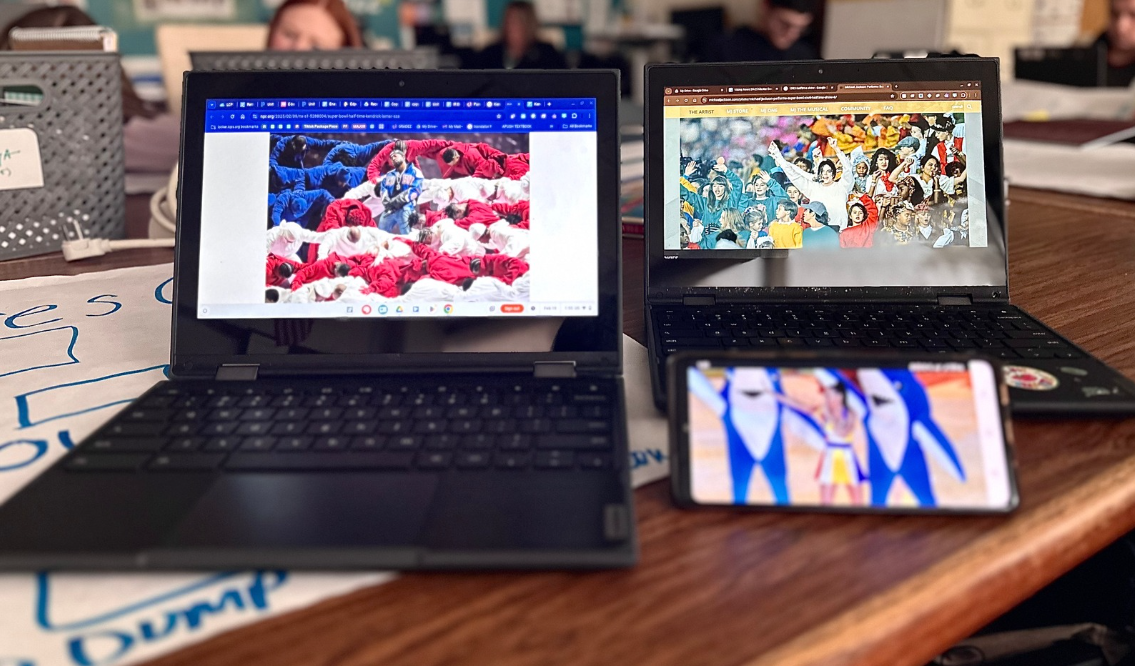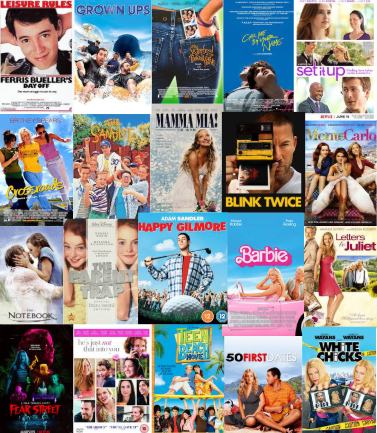The discourse surrounding Kendrick Lamar’s politically charged performance at the 2025 Super Bowl begs a certain question: Is politics really necessary in a Superbowl Halftime show?
The symbolism of the dancers, the lyrics and even the special performance of Samuel L. Jackson as “Uncle Sam” was a clear protest against how Black culture is still perceived by many, despite the immense progress on racial equality.
The performance, in a nutshell, consisted of Kendrick performing 10 of his biggest hit songs, while the ensemble of dancers surrounding him represented an array of concepts tied to racial inequality in America. Uncle Sam, representing the side of America that perceives Black culture as “ghetto,” pops in after every song to deliver some satirical dialogue reflecting these attitudes.
The most poignant part of this halftime, however, is not within the show itself but the time at which it took place and the era of division it reflected.
If Trump entering his second term didn’t cause enough political division as is, the infamous president was even in attendance at Kendrick’s performance. This interaction brought the ongoing divide between two great forces, our predominantly liberal media and our majority republican government, to the surface.
In fact, a viral image of Kendrick on stage and President Trump in his seat, where they are briefly looking at each other, showcases this divide in a direct and almost humorous manner.
And whether or not you agree with the message behind Kendrick’s performance, or you simply aren’t a rap connoisseur, the show was a cornerstone for Black culture and entertainment.
The main opposition to Kendrick’s performance argues that such weighty topics shouldn’t be present in a Super Bowl halftime show.
This narrative runs on the assumption that pop culture and politics exist in isolation to one another. News flash: this is false.
To say that politics aren’t necessary in art is an idealist sentiment that disregards the fact that art, whether overtly or covertly, always has been and always will be political to some extent.
Not to mention, the Super Bowl is not just about the sport or its music. Rather, it has always been a reflection of American culture in the modern age, which will inevitably encapsulate whatever political climate is at present.
This is true for every iconic Super Bowl halftime show, even ones like Katy Perry’s 2014 performance that didn’t contain any political agenda and was just pure pop-fun. That in itself is a reflection of the Obama-era, when liberalism became the predominant ideology in our pop-culture and media in the 2010’s.
Another example would be Lady Gaga’s 2017 halftime show. Overall, the show was not too political, but that’s not to say it didn’t hint at any of Gaga’s progressive views, especially in an age where political division was just reaching new heights with Trump’s first term.
Right after singing “God Bless America,” Gaga sang “This Land Is Your Land,” a song used in pro-immigration protests criticizing Trump’s immigration stance and proposed policies to immensely tighten the border.
Another Halftime Show of even more iconism and significance in Black culture is Michael Jackson’s 1993 halftime show. There are several parallels between both Kendrick and Michael’s shows, but what distinguishes them from each other is the political climate they reflected.
Both Kendrick and Michael’s shows were protests against racism, but the specific message contained in both differs entirely. Kendrick’s show was almost a satire on how Black culture and music is negatively perceived, whereas Michael’s “Black or White” song promoted diversity and an end to racial divisions.
These messages, both incredibly valid, are quite different in nature, and this is because they reflect two entirely different eras and political climates in American history.
With the 2025 halftime show, it mocks and condemns how Black culture is perceived as “ghetto.” This is a response to the way modern-day racism, while not as extreme as before, is present in the form of microaggressions. Ultimately, Kendrick’s performance, which is meant to be controversial, is a reflection of a highly polarized political climate where a conservative pushback is present once again.
Michael’s performance in 1993, however, was able to lean in on the topic of racial harmony, instead of challenging racism at a deeper level as Kendrick does now, because of the already more culturally liberal era of the 90’s — linked to the new age of globalization and technological advances.
Every single halftime show, regardless of how political it is or isn’t, is a product of its environment. One cannot criticize how political a performance is without acknowledging the given societal concerns it is reflecting.
Art will do what it always has done: reflect the time at which it exists.
Super Bowl halftime shows do just that.








